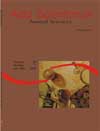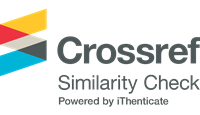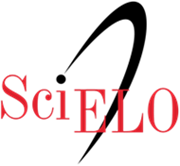<b>Avaliação da qualidade da carne de bovinos de diferentes grupos genéticos</b> - DOI: 10.4025/actascianimsci.v25i1.2139
Resumo
O objetivo deste trabalho foi avaliar a qualidade de carne de bovinos submetidos ao sistema superprecoce. Foram utilizados 90 bovinos inteiros jovens provenientes do cruzamento de touros das raças Aberdeen Angus, Canchim e Simental com fêmeas Nelores em um delineamento inteiramente casualizado. Os animais foram submetidos à confinamento por 168 dias. No abate foram retiradas quatro amostras do músculo longissimus dorsi na região entre a 11a e a 13a costelas. Uma amostra foi congelada após 24 horas de resfriamento e as demais foram maturadas por 7, 14 e 21 dias. Foram realizadas as determinações da área-de-olho-de-lombo (AOL), espessura de gordura subcutânea e intramuscular, força de cisalhamento e análises de lipídeos totais. Independentemente do grupo genético, a maturação de 7 dias foi suficiente para garantir a maciez da carne e os animais mestiços da raça Aberdeen Angus apresentaram melhores resultados quanto às características de qualidade de carne.Downloads
DECLARAÇÃO DE ORIGINALIDADE E DIREITOS AUTORAIS
Declaro que o presente artigo é original, não tendo sido submetido à publicação em qualquer outro periódico nacional ou internacional, quer seja em parte ou em sua totalidade.
Os direitos autorais pertencem exclusivamente aos autores. Os direitos de licenciamento utilizados pelo periódico é a licença Creative Commons Attribution 4.0 (CC BY 4.0): são permitidos o compartilhamento (cópia e distribuição do material em qualqer meio ou formato) e adaptação (remix, transformação e criação de material a partir do conteúdo assim licenciado para quaisquer fins, inclusive comerciais.
Recomenda-se a leitura desse link para maiores informações sobre o tema: fornecimento de créditos e referências de forma correta, entre outros detalhes cruciais para uso adequado do material licenciado.








































